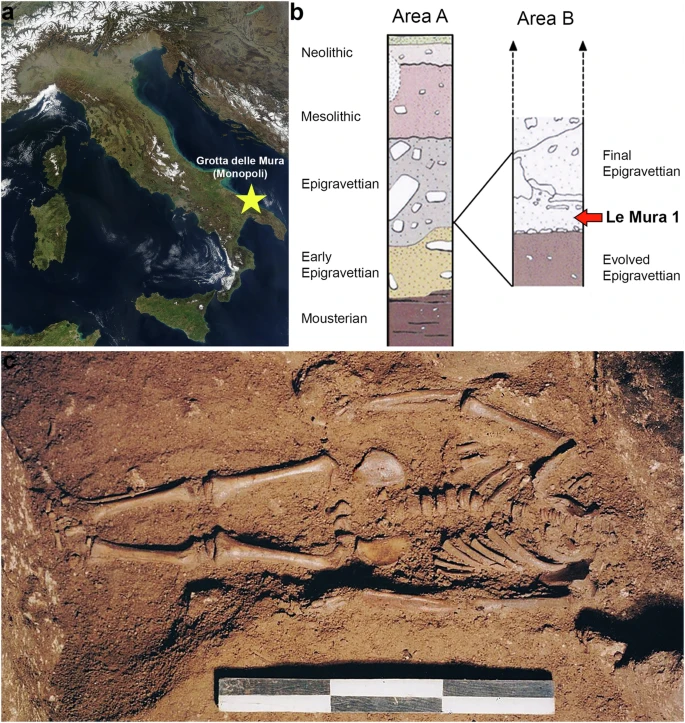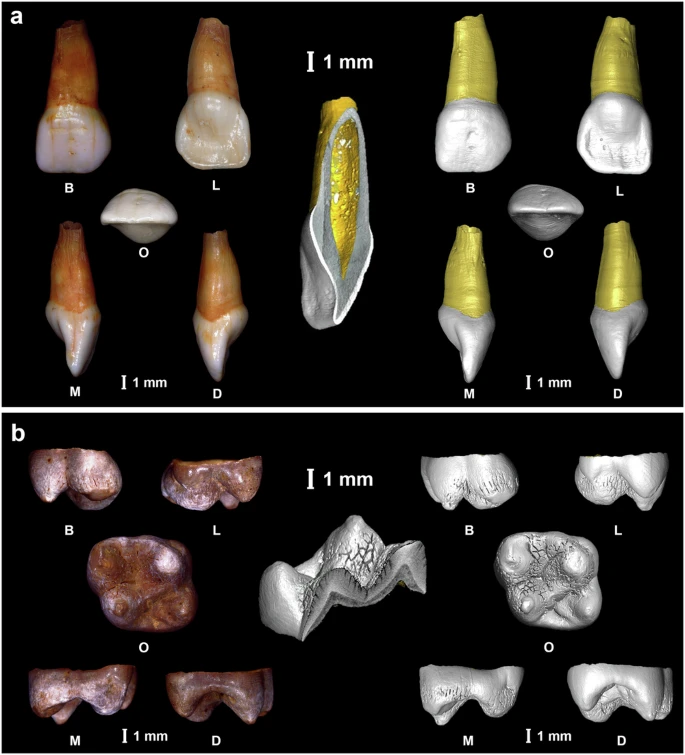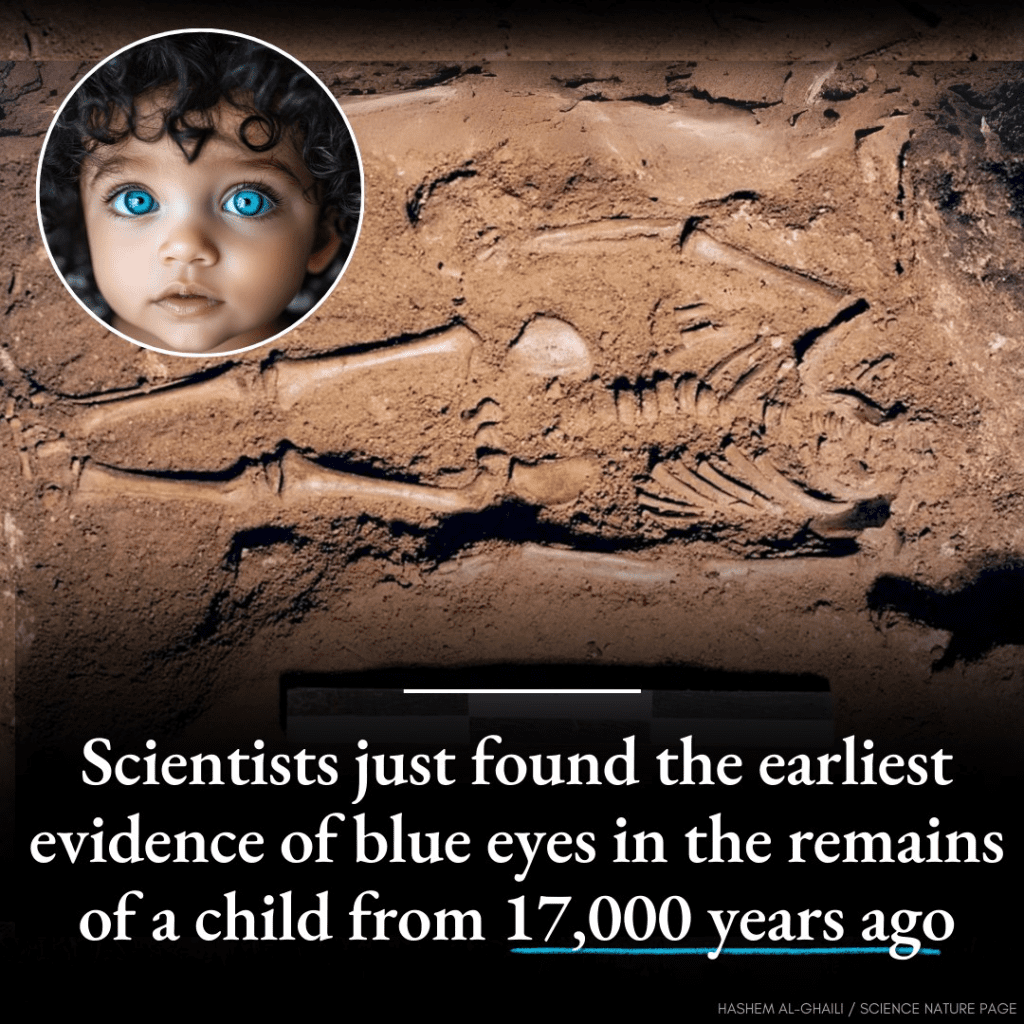A groundbreaking discovery has revealed the earliest known evidence of blue eyes in human history. Scientists recently analyzed the remains of a 17,000-year-old child and found genetic markers associated with blue eye pigmentation. This finding sheds new light on the evolution and genetic diversity of ancient humans.

The remains were discovered in an archaeological site, where researchers extracted DNA from the child’s bones. By sequencing the genome, they identified the HERC2 gene mutation, which is responsible for blue eyes in modern humans. This suggests that blue eyes existed much earlier than previously believed.
Prior to this discovery, the oldest confirmed case of blue eyes dated back to around 7,000 years ago in Europe. This new finding pushes the timeline back by an additional 10,000 years. It raises questions about how and why this genetic trait emerged and spread among human populations.

Scientists believe that blue eyes likely originated as a random mutation, which later became more common due to migration and natural selection. Some theories suggest that lighter eye colors may have provided advantages in certain environments, such as improved vision in low-light conditions.
The discovery also suggests that early humans living 17,000 years ago may have had a mix of physical traits different from what was previously assumed. This period, known as the Upper Paleolithic, was a crucial time for human evolution, with significant advancements in culture, tools, and migration.

Researchers plan to continue studying ancient human remains to understand more about the spread of genetic traits. The findings not only help reconstruct the appearance of our ancestors but also provide insights into the history of human adaptation and evolution.
This discovery marks a major milestone in genetics and anthropology, deepening our understanding of human diversity in prehistoric times.



